Ford Endeavour vs Toyota Fortuner: Spec Comparison
The new Ford Endeavour has moved the goal posts for premium SUVs with its imposing stance, butch design, potent engine options and a feature-rich equipment list. Add to the matter, the Ford’s attractive pricing and the segment-leading Toyota Fortuner has been left with a lot to worry about.

We take a look at how the new and rather capable Ford Endeavour challenges India’s favourite premium SUV, the Toyota Fortuner
The new Ford Endeavour has moved the goal posts for premium SUVs with its imposing stance, butch design, potent engine options and a feature-rich equipment list. Add to the matter, the Ford’s attractive pricing and the segment-leading Toyota Fortuner has been left with a lot to worry about.
Here is a look at how the two pioneering premium SUVs stand against each other, on paper that is.
Exteriors
The Ford is clearly the larger car here by being longer and wider than the Fortuner which is slightly taller. But the Endeavour has a class leading 225mm of ground clearance and a whopping capability of wading through 800mm of water! This makes the Endeavour combined with all of its clean contemporary design cues quite an attractive vehicle to look at. And while the Fortuner has always been a good looking vehicle, the Ford has now moved past on the overall design aspect.
| Ford Endeavour | Toyota Fortuner | |
| Length | 4,892mm | 4,705mm |
| Width | 1,860mm | 1,840mm |
| Height | 1,837mm | 1,850mm |
| Wheelbase | 2,850mm | 2,750mm |
| Ground Clearance | 225nm | 220mm |
Interior
With its dual tone layout, large seats, numerous (30) storage spaces and chunky steering wheel, the cabin of the new Endeavour is as good a place to be as any. To further convenience, the Endeavour comes with electric adjust for the driver’s seat (like the Fortuner) but gets electric folding third row seats as well. Combine this with a semi-automatic parallel park assist, cruise control, auto dimming IRVM, heated ORVMs, etc and the new Endeavour is significantly better equipped than the Fortuner which has been around for a long time now.
Here is a closer look at the feature list of both these SUVs.
| Ford Endeavour | Toyota Fortuner | |
| One touch up/down power windows | Yes | No |
| Electrically adjustable driver's seat | Yes | Yes |
| Power socket | Yes - 4 | Yes |
| Leather upholstery | Yes | Yes |
| Interior ambient lighting | Yes | No |
| Electric folding ORVMs | Yes | Yes |
| Front & Rear arm rests | Yes | Yes |
| Dual zone climate control | Yes | Yes |
| Infotainment system | Yes | Yes |
| Steering mounted audio controls | Yes | Yes |
| Cruise control | Yes | No |
| Auto dimming IRVM | Yes | No |
| Heated ORVMs | Yes | No |
| Rear view camera | Yes | Yes |
| Rear Parking sensors | Yes | Yes |
| Front parking sensors | Yes | No |
| HID headlamps with jet wash | Yes | Yes |
| Automatic head lamps | Yes | Yes |
| Automatic wipers | Yes | No |
| Tyre pressure monitoring system | Yes | No |
| Puddle lamps | Yes | Yes |
| Semi automatic parallel park assist | Yes | No |
| Power folding 3rd row seats | Yes | No |
| Electric panoramic suroof | Yes | No |
| Terrain management system | Yes | No |
Engine and Gearbox
Both the Ford Endeavour and Toyota Fortuner come with two powertrain choices, a slightly smaller capacity engine in the more affordable variants featuring two-wheel drive and a manual gearbox while the higher end models get a bigger engine with all-wheel drive and an automatic gearbox.
Here is a look at the different powertrain versions of the Fortuner and Endeavour.
| Ford Endeavour 2.2 | Toyota Fortuner 2.5 | Ford Endeavour 3.2 | Toyota Fortuner 3.0 | |
| Engine | 2198cc/4 cylinder/4-valve DOHC/
turbocharged | 2494cc/4 cylinder/
turbocharged | 3198cc/5 cylinder/4-valve DOHC/
turbocharged | 2982cc/4 cylinder/4-valve DOHC/
turbocharged |
| Power | 158 bhp @ 3200 RPM | 142 bhp @ 3600 RPM | 197 bhp @ 3000 RPM | 169 bhp @ 3600 RPM |
| Torque | 385 Nm @ 1600 RPM | 343 Nm @ 1400 RPM | 470 Nm @ 1750 RPM | 343 Nm @ 1400 RPM |
| Transmission | 6-speed MT & AT | 5-speed MT & AT | 6-speed AT | 5-speed MT & AT |
| Drive Type | RWD/4WD | RWD | 4WD | RWD/4WD |
| Fuel Type | Diesel | Diesel | Diesel | Diesel |
| Fuel Economy | 14.12 km/l 12.62 km/l | 12.55 km/l | 10.91 km/l | 11.9 km/l |
| Fuel Tank size | 80 litres | 80 litres | 80 litres | 80 litres |
Chassis, Suspension and Brakes
Considering the nature of these vehicles, both of them are underpinned by ladder frame chassis. The Fortuner has a double wishbone front suspension while the Endeavour has an independent setup at the front. At the back, the Fortuner sports a four link setup while the Endeavor gets a Watts link type suspension. The Endeavour is offered with front and rear disc brakes while the Fortuner has drum brakes at the rear.
| Ford Endeavour | Toyota Fortuner | |
| Chassis | Ladder Frame | Ladder Frame |
| Front Suspension | Independent suspension | Double wishbone front axle |
| Rear Suspension | Watts linkage type suspension | Four link with lateral rod |
| Front Brakes | Disc | Ventilated Disc |
| Rear Brakes | Disc | Drum |
| Tyre Size | 265/60 R18 | 265/65 R17 |
Safety
Being a newer model, the Endeavour comes loaded with a host of driver aids and safety features to become one of the best safety equipped vehicles in its price range. Here is a look at what it has to offer.
| Ford Endeavour | Toyota Fortuner | |
| ABS with EBD | Yes | Yes |
| Dual Front Airbags | Yes | Yes |
| Curtain airbags | Yes | No |
| Driver knee airbag | Yes | No |
| Traction control | Yes | No |
| Electronic stability programme | Yes | No |
| Hill launch assist | Yes | No |
| Hill descent control | Yes | No |
| Engine immobilizer | Yes | Yes |
Verdict
The Toyota Fortuner has been India’s favourite premium SUV with its extremely reliable nature, road presence, low running costs and overall value. Now though, the new Ford Endeavour has taken the fight to its arch rival with ferocity. The Endeavour is better equipped, looks imposing and has been priced very well. It sure looks like there will be a tough battle between these two. Keep a look out on the sales charts to see which one takes the crown.
Also read: Ford Endeavour Review, First Drive

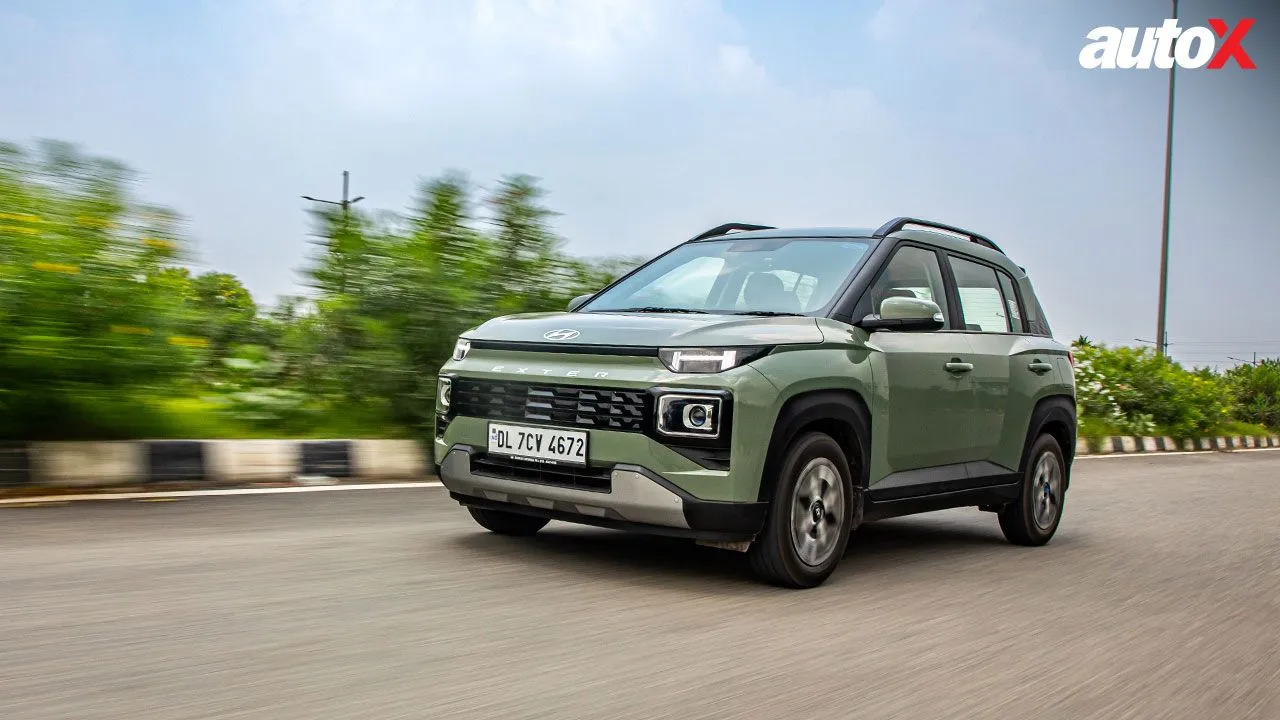
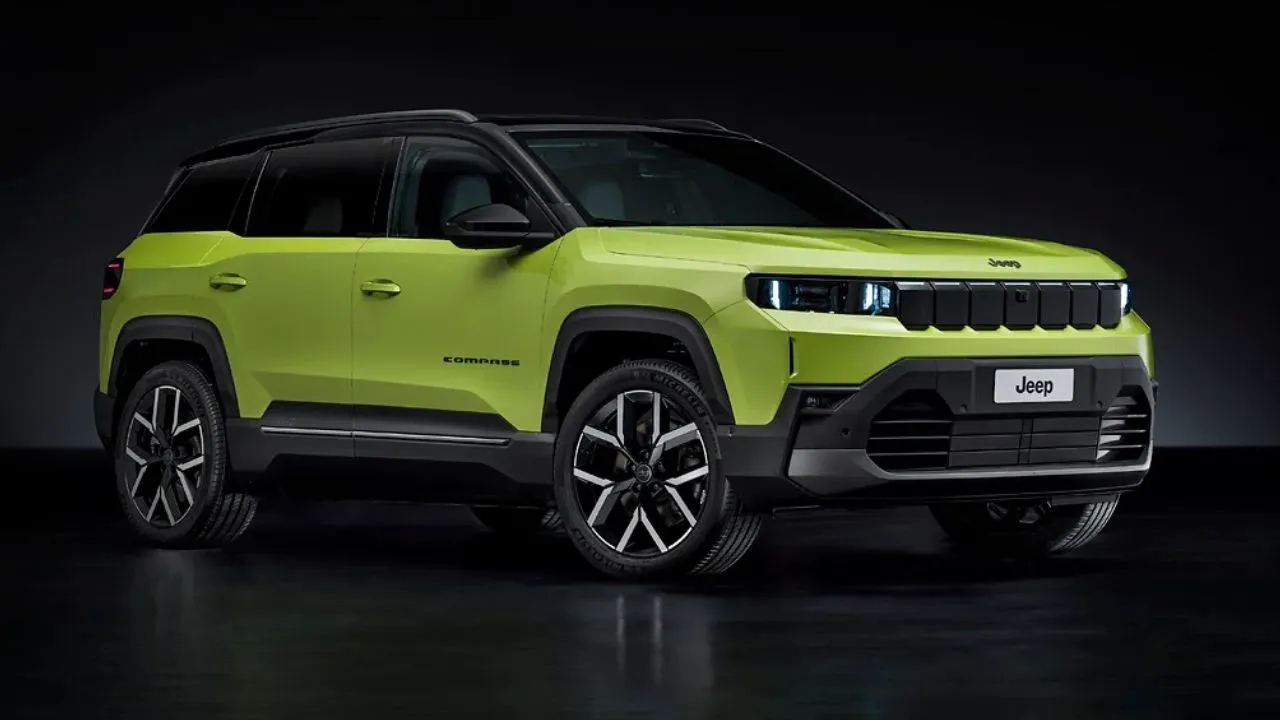

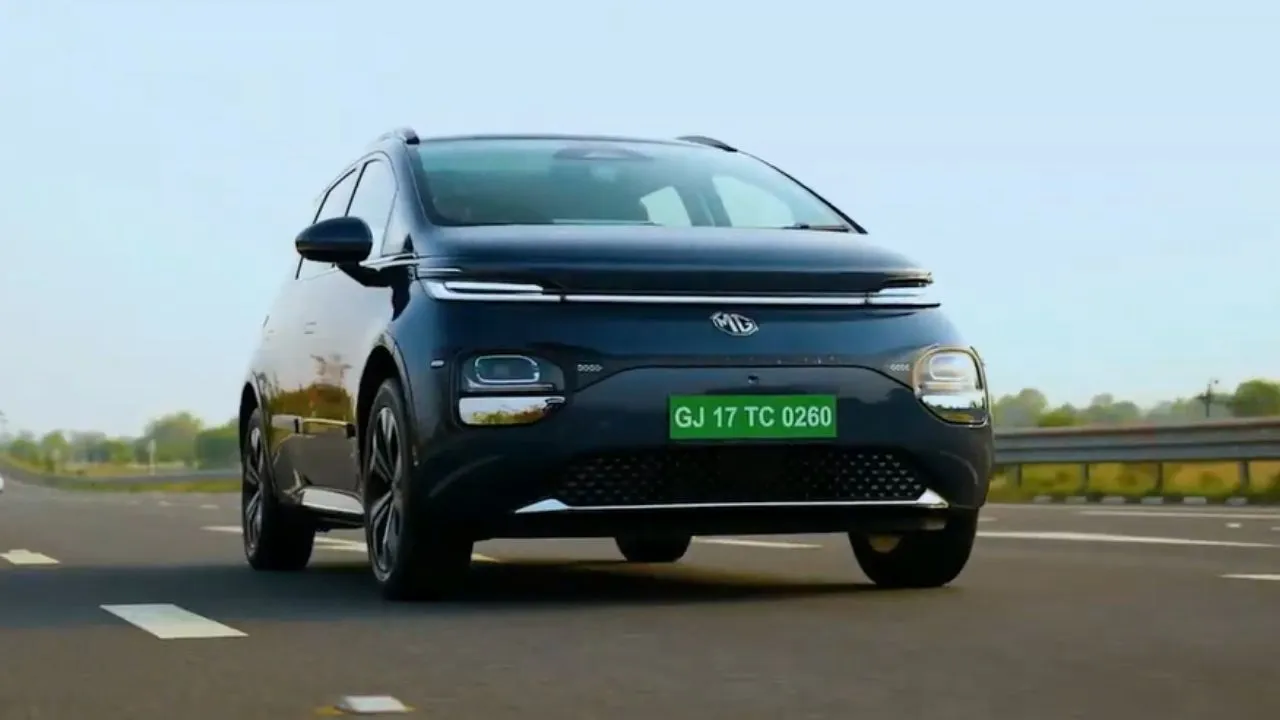
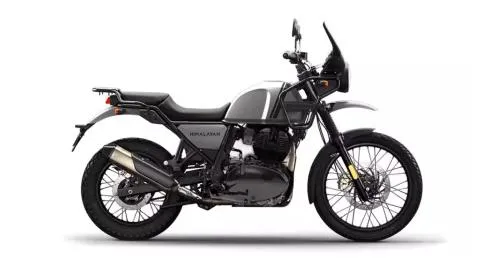
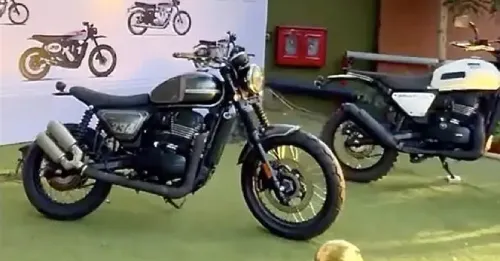
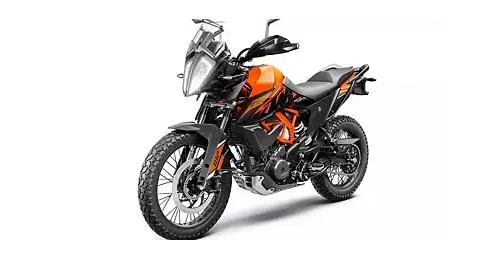
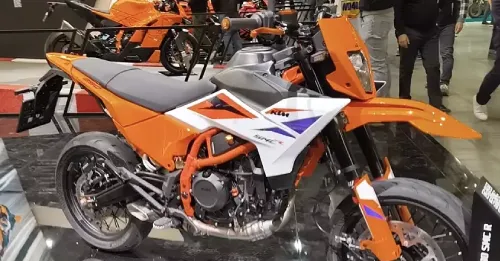
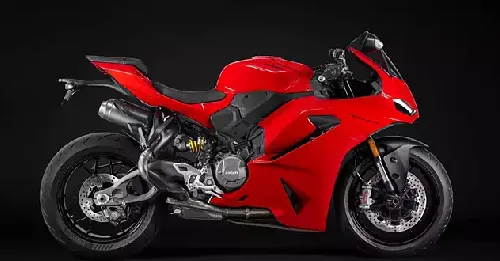














Write your Comment on